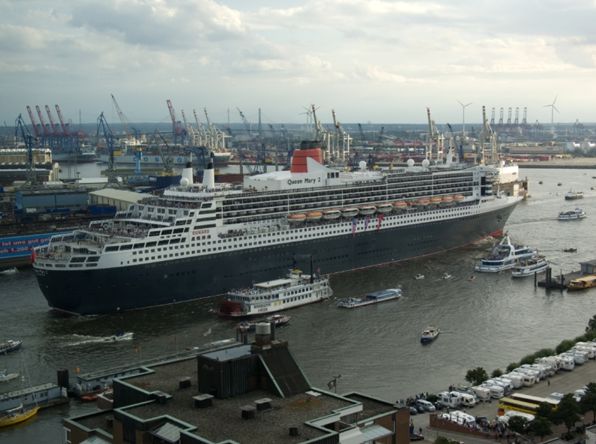The Baltic Dry Index at Record Lows Suggests Low/No Global Growth
I last wrote about the Baltic Dry Index (“BDI”) in August 2014 in an article entitled “Is the Baltic Dry Index a Leading Economic Indicator”. I concluded that:
“The BDI is not a crystal ball that shows the future of world growth. It is a measure of the supply demand equation and supply is more influential than demand. “
However the recent plunge in the index suggests that there is a greater problem than too many ships. Notwithstanding the narrative of global growth, this index low suggests that demand is falling. Which in turn suggests that global growth is possibly negative.
Some perspective.
The index was established in 1985. Its record low was 554 in July 1986. On 3 February 2015 it was 577. This compares with a high of around 9,000 prior to the “Lehman Moment” in late 2008.
The chart below shows BDI rates for Capesize, Panamax and Supramax as of February 2015. The chart shows the average of various Time Charter (“TC”) rates for each size. These TC rates range from 6 months to five years out and are hugely variable over time.
Conclusion
While there is good evidence that the BDI is primarily influenced by supply, the current near record low suggests that demand is very weak. This has serious ramifications for global economic growth.
——-000OOO000——
 Queen Mary 2 in Hamburg – she is not included in the BDI. Photo courtesy Gunnar Ries
Queen Mary 2 in Hamburg – she is not included in the BDI. Photo courtesy Gunnar Ries

